Human hair—those strands of compressed dead keratin protein emerging from the scalp to be painstakingly styled, colored, and cut—has long served as a medium for expression of gender, race, and economic class. In particular, women’s hair has always been highly politicized, where the boundaries of hair-related behavior are driven by social norms and expectations. But as a U.S.-born Muslim American woman, I quickly learned that the statement that causes the most consternation is when a woman’s hair is covered as an expression of religious intent.
When I decided to start wearing hijab, the combination of modest clothing and a headscarf, I understood that my simple act of religious piety would turn into an invitation for dialogue and debate within my personal circle of friends. I accepted the challenges that I would have to face in public spaces unfamiliar with Islam, and in a competitive job market where laws don’t manage to stop employers from discrimination. What I didn’t expect, however, was the recent emergence of a global debate, and in some cases hate-filled hysteria, challenging the very notion that Muslim women choosing to cover their hair could be anything other than a finger in the eye of modern feminism and an archaic throwback to a bygone era of medieval oppression.
Yet here I am, with decades of stories involving a square yard of fabric and the many people whose lives intersected with mine over the question of my right to choose how I presented the accumulation of dead keratin protein on my scalp.
Years ago, as a college student, I worked at a small café in Lexington, Kentucky. One of my regular customers, an aerobics instructor, used to stop in after workouts for a quick pick-me-up before heading home. On one particular evening, when I placed her foam-topped cappuccino on her table, she suddenly grabbed hold of my wrist and stared into my eyes.
“I sense that your culture is oppressing you,” she declared. Her voice was firm, resolute, unequivocal. Her eyes moved up my face, stopping at the top of my head. To her, covering my hair wasn’t an expression of my right to practice my religion, a choice that I had made. Rather, hijab was something done to me, turning me into a victim of an oppression so irrefutable that it required her intervention.
And yet, there she sat, meeting a whole host of socially binding, cultural beauty expectations herself: the fat-free latte, a recognition of body weight standards for women; hair, dyed a socially valued platinum blond; fashionable clothes and lacquered nails as bright as the fire burning in her eyes as she waited for my response.
What she failed to recognize is that we each choose a lifestyle. We wear the accompanying uniform. We find value in the self-discipline of adhering to these boundaries. But it’s a lot harder to see your own oppression. It’s a lot easier to think that someone doesn’t agree with you because they’re oppressed, or they hate your freedoms or values. Yet it’s these superficial differences that mask the fact that we all share universal behaviors.
For Muslim American women who wear some form of hijab, the idea that they are only wearing it because it’s forced is very frustrating. On one hand, the confusion is understandable. The far-reaching oppression of human rights in some Muslim countries includes the unethical and un-Islamic forced wearing of the veil, or burqa, or niqab, and these headlines are frequently the only window into a Muslim world that is far more diverse than reports suggest. But it becomes more difficult to comprehend why hijab is seen as a symbol of oppression when women living in a democratic society also choose to wear it. It implies that every single Muslim woman who wears hijab is lacking the necessary intelligence to choose how she wants to live her life. For those who critique hijab in the name of feminism, I find this underlying, selective misogyny very ironic, not to mention damaging.
Fighting for women’s rights means knowing where the fight should be fought. If victory is measured by the removal of a scarf, then the battle was never for freedom of choice to begin with. Women have the intelligence to understand the difference between oppression and self-discipline. The choice, in the end, is ours.
















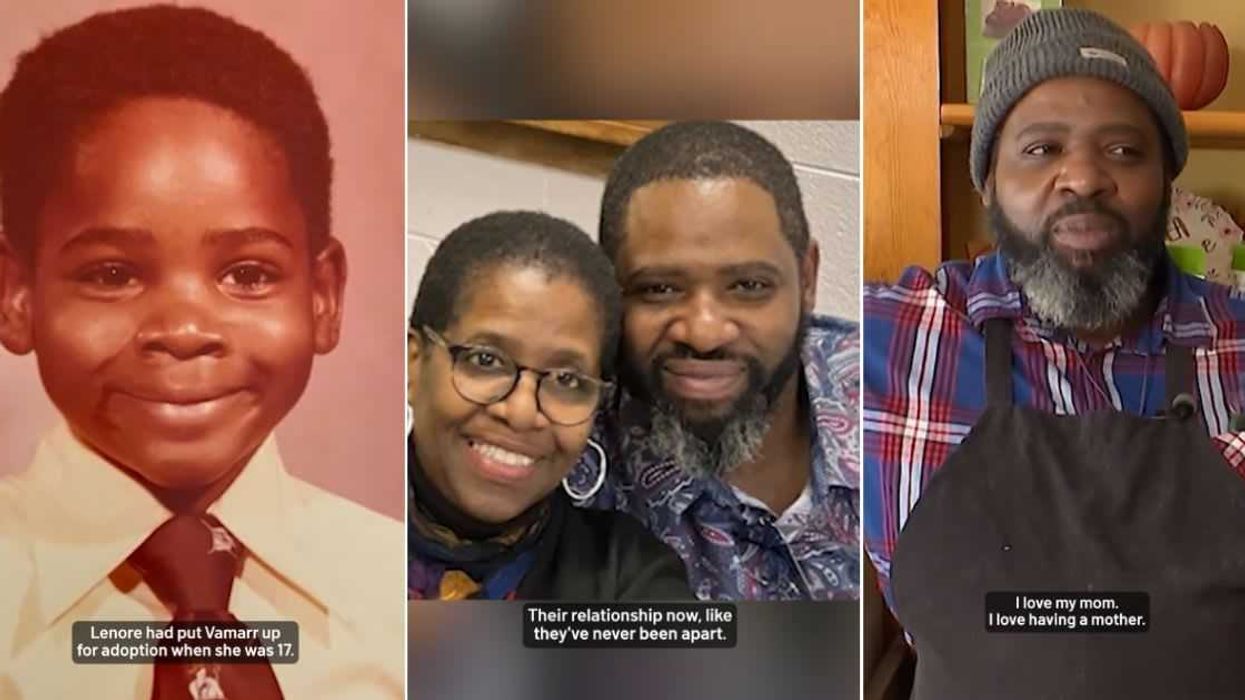
 Screenshots of the man talking to the camera and with his momTikTok |
Screenshots of the man talking to the camera and with his momTikTok |  Screenshots of the bakery Image Source: TikTok |
Screenshots of the bakery Image Source: TikTok | 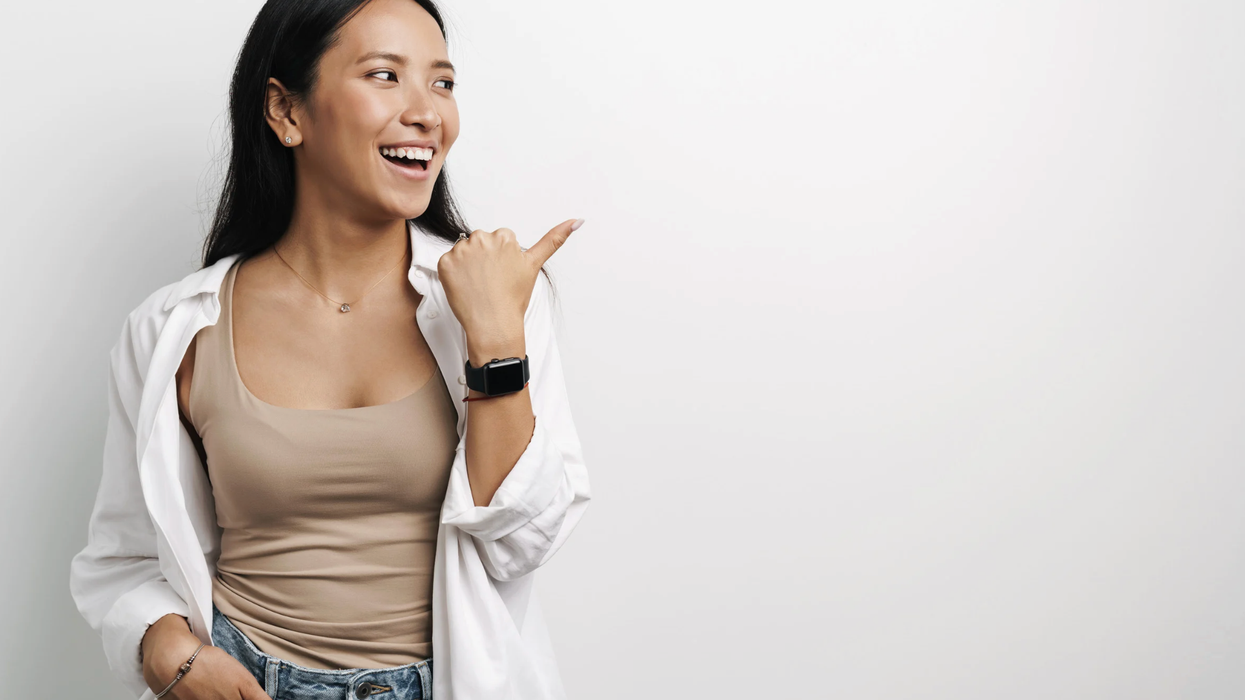
 A woman hands out food to a homeless personCanva
A woman hands out food to a homeless personCanva A female artist in her studioCanva
A female artist in her studioCanva A woman smiling in front of her computerCanva
A woman smiling in front of her computerCanva 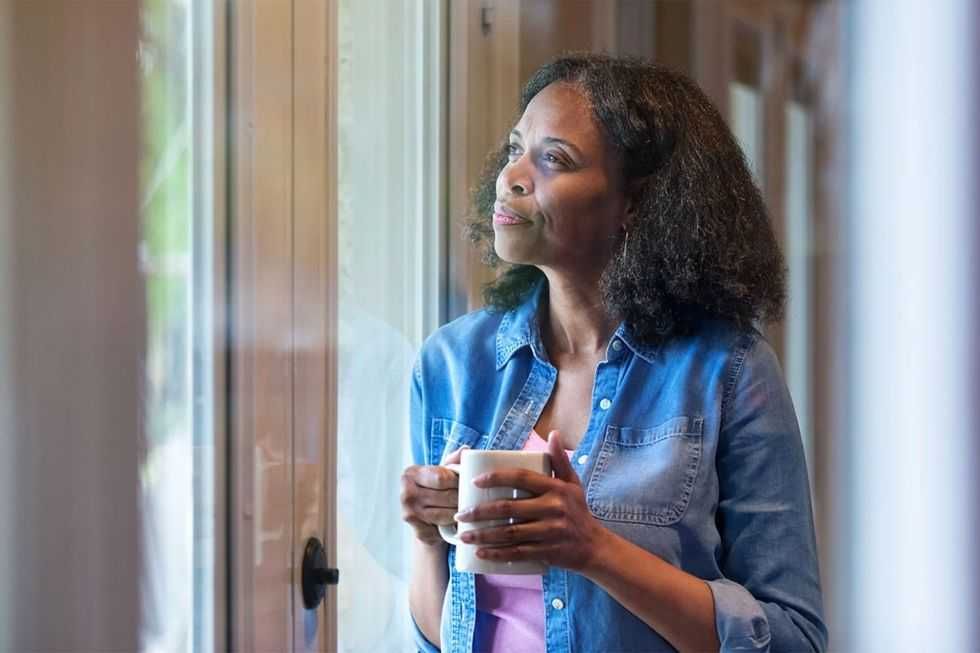 A woman holds a cup of coffee while looking outside her windowCanva
A woman holds a cup of coffee while looking outside her windowCanva  A woman flexes her bicepCanva
A woman flexes her bicepCanva  A woman cooking in her kitchenCanva
A woman cooking in her kitchenCanva 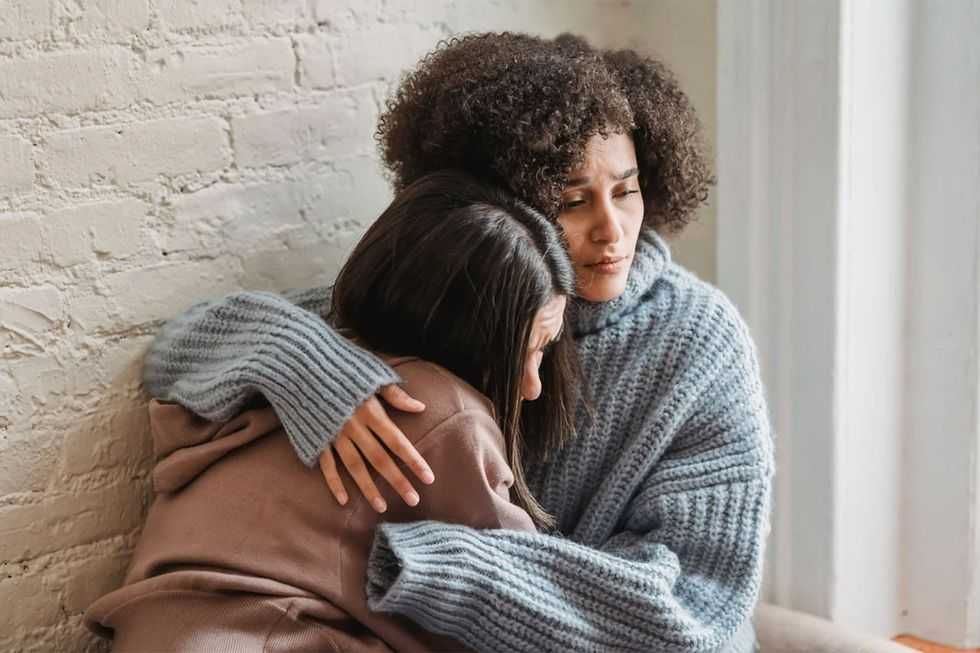 Two women console each otherCanva
Two women console each otherCanva  Two women talking to each otherCanva
Two women talking to each otherCanva  Two people having a lively conversationCanva
Two people having a lively conversationCanva  Two women embrace in a hugCanva
Two women embrace in a hugCanva 
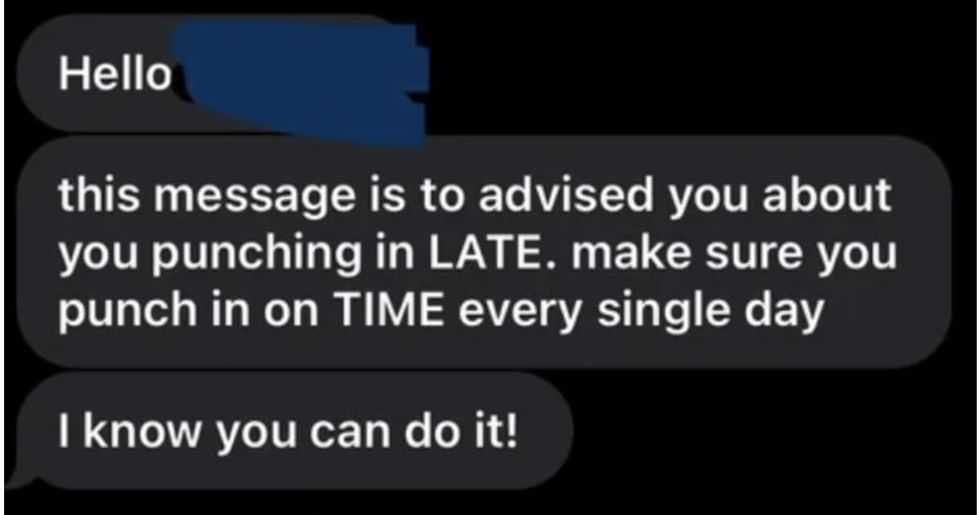 A reddit commentReddit |
A reddit commentReddit |  A Reddit commentReddit |
A Reddit commentReddit | 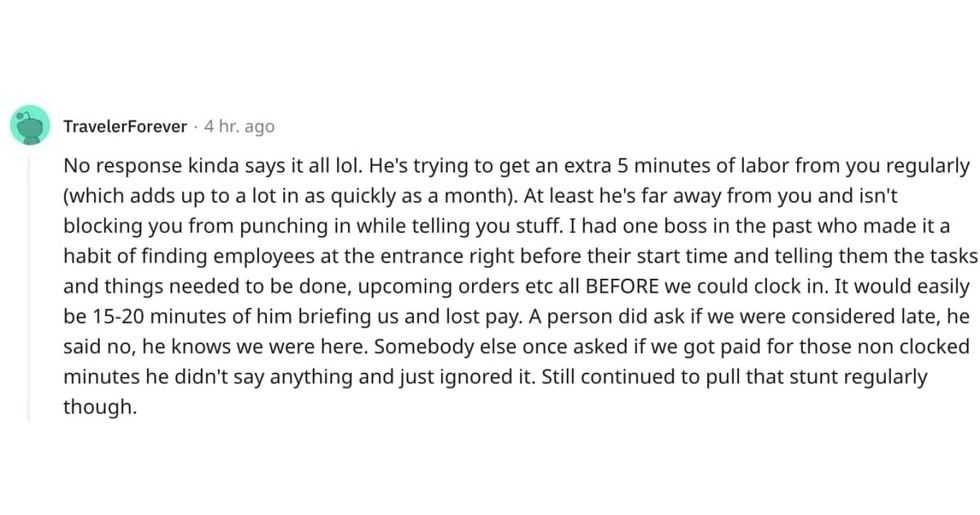 A Reddit commentReddit |
A Reddit commentReddit |  Stressed-out employee stares at their computerCanva
Stressed-out employee stares at their computerCanva
 Who knows what adventures the bottle had before being discovered.
Who knows what adventures the bottle had before being discovered. 
 Gif of young girl looking at someone suspiciously via
Gif of young girl looking at someone suspiciously via 

 A bartender makes a drinkCanva
A bartender makes a drinkCanva